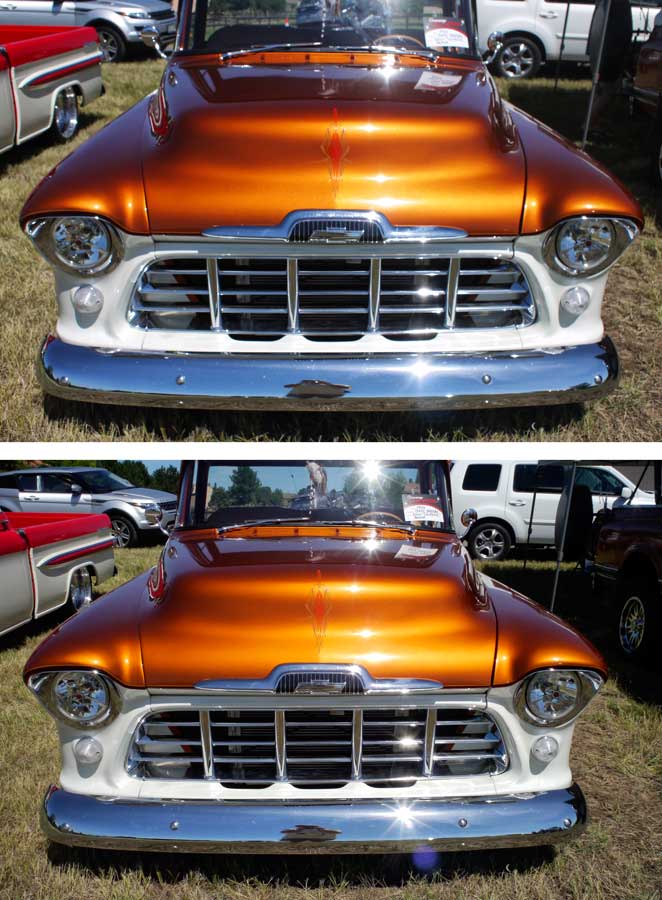Today’s Post by Joe Farace
“Photography has no rules, it is not a sport. It is the result which counts, no matter how it is achieved.”– Bill Brandt
 The focal length of any optical system is a measure of how strongly the system converges or diverges light; it is the inverse of the system’s optical power. In photography, where the subject may be infinitely far away, longer focal length (aka lower optical power) leads to higher magnification and a narrower angle-of-view; conversely, shorter focal length or higher optical power is associated with lower magnification and a wider angle-of-view. —adapted from Wikipedia
The focal length of any optical system is a measure of how strongly the system converges or diverges light; it is the inverse of the system’s optical power. In photography, where the subject may be infinitely far away, longer focal length (aka lower optical power) leads to higher magnification and a narrower angle-of-view; conversely, shorter focal length or higher optical power is associated with lower magnification and a wider angle-of-view. —adapted from Wikipedia
A Focal Length Test
I once did an informal lens test, comparing a 15mm prime focal length lens with a 17mm mirrorless camera prime lens when photographing the annual Chenango Car Show and was surprised, or maybe not so surprised, at the results shown here.
The first lens (image at top) was an Olympus M Zuiko 17mm f/1.8 lens. The second lens was the Voigtländer super-wide Heliar 15mm lens (bottom image) that was mounted to my my beloved Lumix GX1 via an inexpensive ($24.95) Fotodiox adapter and was used to make both photographs. For comparison, the Olympus lens has a 65 degree angle-of-view. The Voightlander lens, on the other hand has an angle-of-view of 110 degrees, not quite double that of Oly’s 17mm lens.
Yet all the equivalents in the world will tell you that what we really have here is what amounts to a 34mm lens compared to a 30mm lens, which doesn’t sound like much of a difference either. Take a look at the above photo and decide for yourself.

Along with photographer Barry Staver, Joe is co-author of Better Available Light Digital Photography that’s out-of-print but new copies or used copies are available from Amazon, as I write this.